Tkachev AO-41 Experimental 5.6mm Light Machine Gun

Peter Andreevich Tkachev was a talented small arms engineer at TsNIITochMash, the Central Scientific Research Institute for Precision Machine Engineering, located in Klimovsk. He was awarded the Hero of Socialist Labor medal and is best known for designing the “BARS” Balanced Automatic Recoil System for the prototype AO-38.
The predecessor of the AO-41 (also listed as the AO-041) light machine gun is the AO-38 experimental assault rifle, which featured a unique system known as balanced automation. This system effectively counters the recoil generated by the moving components, significantly reducing overall recoil and improving controllability. As a result, it helps the shooter maintain their sight picture without the weapon jumping around, thereby enhancing the soldier's ability to hit the target.
In the mid-1960s, as new assault rifles were being developed, TsNIITochMash created several variants that utilized a balanced automation system and the experimental 5.6mm cartridge known as the 13MZhV, which would evolve into the 5.45x39. Tests conducted at the institute showed an improvement in accuracy. Specifically, when firing the AO-38 assault rifle in short bursts from a standing, unsupported position at 100 meters, its accuracy was more than 2.5 times better than that of the AKM, which was also chambered for the same 5.6mm cartridge. However, when firing from a prone supported position, the improvement in accuracy was minimal, with only about a 1.34 times increase.
One of the primary reasons for developing mechanical systems to increase hit probability was the structure of the Soviet Union's military, which relied on a conscript army. Consequently, many soldiers received limited training, often with limited trigger and range time. This lack of comprehensive training hindered their marksmanship training for such a large conscript force.
Ammunition
From the mid-1960s, work on a Soviet low-impulse cartridge began following the appearance and 1963 adoption of the 5.56mm M193 cartridge and the AR15/M16 rifle in service with the US Army. These captured weapons were brought to the Soviet Union to analyze and assess the ammunition and weapons to determine if anything could be learned and implemented for Soviet use; their assessment concluded that they needed it too. The benefits beyond ballistics included the ability for soldiers to carry more ammunition for the same weight as the predecessor. Typically, this also resulted in a lighter weapon, and the reduced recoil impulse would help improve accuracy and hit probability. Based on all this, a requirement emerged in 1966 for a 5.6mm cartridge and an assault rifle, which spurred a new Soviet weapons competition.
The AO-41
As part of research and development efforts to explore the feasibility of creating a 5.6mm light machine gun unified with an assault rifle for the Airborne Forces, Tkachev developed the AO-41 light machine gun by 1968. This weapon is chambered for the experimental 5.6mm 13MZhV cartridge. The AO-41 resembles the Kalashnikov RPK and features a balanced automation system. Testing showed that the AO-41 achieved a twofold improvement in accuracy when fired from a standing unsupported position, similar to the AO-38 results. However, this increase in accuracy was not sufficient, despite the effectiveness of the balanced automation when firing from a standing, unsupported position.
While the AO-38 and AO-41 did not compete directly in the new rifle competition, they were part of a broader research and development program. Systems based on the AO-38’s balanced automation did compete, including the Konstantinov SA-006 and the Aleksandrovsky AL-7. Ultimately, on January 18, 1974, the Kalashnikov A-3 assault rifle and the P-3 light machine gun were adopted as the AK-74 and RPK-74, respectively.
The AK-74 assault rifle was seen as a temporary solution since the Soviets sought a more advanced weapon. On December 25, 1979, the R&D project " Abakan" was announced. A similar situation occurred after the adoption of the 7.62x39 AK in the 1950s, when trials and competitions were held to discover a weapon with enhanced capabilities, ultimately to no avail. There have been numerous intriguing designs by talented creators, but due to the economic conditions, compromising on the requirements is why we see AK-based weapons in every hotspot worldwide.
Thoughts
The AO-41 is the only balanced automatic RPK-type light machine gun I encountered. I had the opportunity to see it in Izhevsk at the Kalashnikov Museum during a special exhibition of TsNIITochMash weapons. I can only imagine how it would perform with a higher-capacity magazine or drum. However, for a light machine gun to provide effective suppressive fire, it needs to be belt-fed with a minimum of 200 rounds. Otherwise, it functions more like an automatic rifle.
While the AO-41 was developed to meet contemporary military requirements, I would classify it as an automatic rifle rather than a proper light machine gun. The concept of balanced automatics is quite impressive, and I have tested various models in Russia. With proper marksmanship training, the need for such complex weapons could have been minimized. Nonetheless, the Soviet system produced some uniquely remarkable firearms.
AO-41 Specs:
- Caliber: 5.6mm experimental cartridge 13MZHV
- Weight: 8.68 lbs. (3.94 KG)
- Length: 42.44 inches (1078 mm)
- Rate of fire: 950 rounds per minute
- Muzzle velocity: 3166 fps (950 m/s)
- Magazine capacity: 30 rounds
Sources:
https://www.kalashnikov.ru/trudnaya-lyogkost-istoriya-sozdaniya-ak74-rpk74/

Lynndon Schooler is an open-source weapons intelligence professional with a background as an infantryman in the US Army. His experience includes working as a gunsmith and production manager in firearm manufacturing, as well as serving as an armorer, consultant, and instructor in nonstandard weapons. His articles have been published in Small Arms Review and the Small Arms Defence Journal. https://www.instagram.com/lynndons
More by Lynndon Schooler
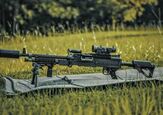
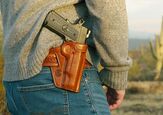
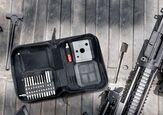
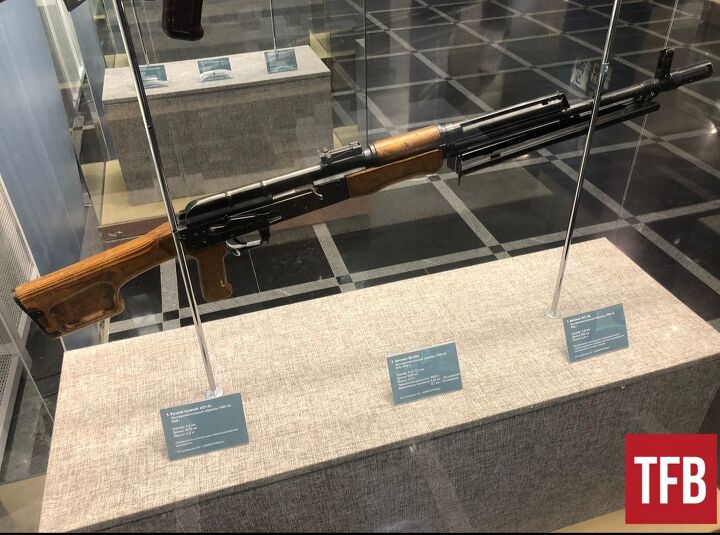





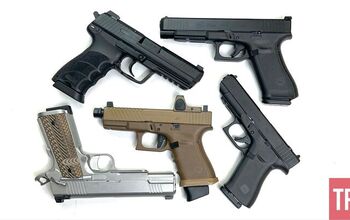
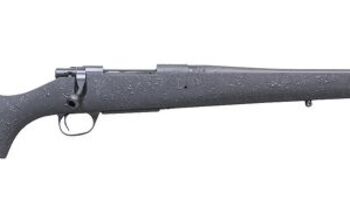
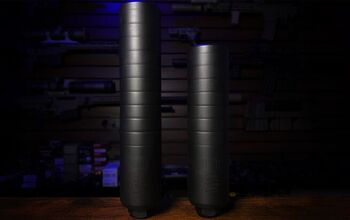
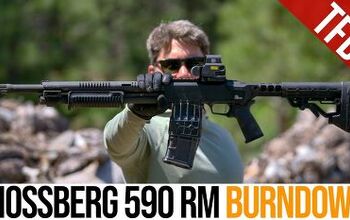
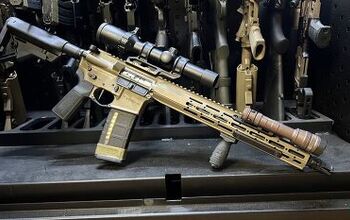



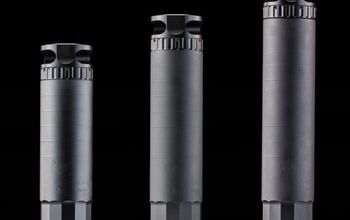
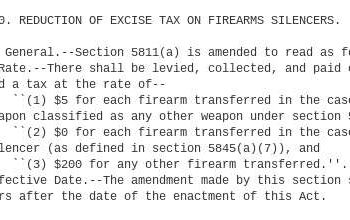

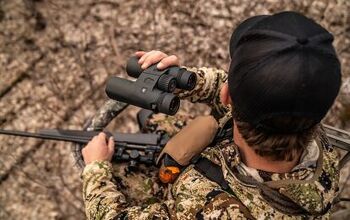
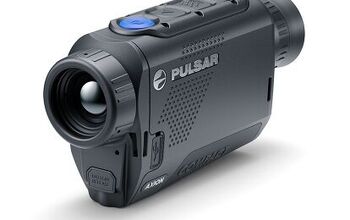
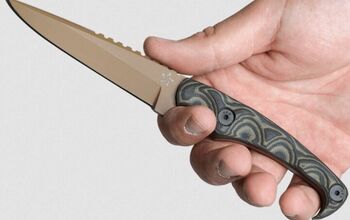


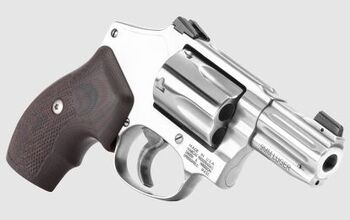
![The NEW 10mm Extar Arms EP10 [GunCon 2025]](https://cdn-fastly.thefirearmblog.com/media/2025/07/03/01202/post.jpg?size=350x220)
Comments
Join the conversation
Counter recoil weapons are more complex and expensive. Why no major nation has not adopted a constant recoil weapon is beyond me. If accurate full auto fire is the goal, then this was solved decades ago.